Schnau-Tzu vs. Alaskan Malador: Breed Differences and Similarities
Hypoallergenic
Are Schnau-Tzus or Alaskan Maladors hypoallergenic, or neither?
While no dogs are truly 100% hypoallergenic, Schnau-Tzus are about as close as it gets, making them an ideal pet if you are an allergy sufferer.
Unfortunately, the Alaskan Malador is not hypoallergenic, making it not a good choice for a dog lover who suffers from pet allergies.
Temperament
What are the personalities of Schnau-Tzu and Alaskan Malador dogs?
Active
Playful
Happy
Alert
Courageous
Intelligent
Friendly
Outgoing
Obedient
Lively
Gentle
Fearless
Spirited
Playful
Loving
Dignified
Energetic
Alert
Intelligent
Friendly
Responsive
Affectionate
Loyal
Devoted
Gentle
Going
Social
Cheerful
Shedding Level
Do Schnau-Tzus shed more than Alaskan Maladors, or which breed sheds more, Schnau-Tzus or Alaskan Maladors?
Schnau-Tzus shed very little hair, making them a great choice for those who dislike excess hair in the house.
Alaskan Maladors are heavy shedders, but regular brushing can help manage shedding and promote a healthy coat.
Ancestry
What are the origins of Schnau-Tzu and Alaskan Malador breeds?
Shih Tzu, Miniature Schnauzer
Labrador Retriever and Alaskan Malamute
Breed recognition
Which kennel clubs recognize/register Schnau-Tzu and Alaskan Malador?
ACHC = American Canine Hybrid Club
DBR = Designer Breed Registry
DDKC = Designer Dogs Kennel Club
DRA = Dog Registry of America, Inc.
IDCR = International Designer Canine Registry®
DRA = Dog Registry of America, Inc.
Date of Birth
When were Schnau-Tzu and Alaskan Malador breeds first developed?
Unknown
Early 1800s
Eye Color Possibilites
What are the eye colors of Schnau-Tzu and Alaskan Malador dogs?
Brown
Blue
Hazel
Brown
Amber
Nose Color Possibilites
What are the natural nose colors of Schnau-Tzu and Alaskan Malador?
Black
Brown
Black
Brown
Coat Color Possibilites
What are the natural colors of the coat for Schnau-Tzu and Alaskan Malador breeds?
Black
Brown
White
Fawn
Silver
Cream
Brown
Black
White
Sable
Silver
Blue
Red
Gray
Coat Length
What is the typical coat length for Schnau-Tzu and Alaskan Malador breeds?
Schnau-Tzus are known for their coat length.
Alaskan Maladors have medium-length coats.
Coat Density
What is the density of the coat of Schnau-Tzu and Alaskan Malador?
Coat Texture
What is the hair texture of Schnau-Tzu and Alaskan Malador?
Straight
Litter Size
What is the usual litter size for Schnau-Tzu and Alaskan Malador?
A Schnau-Tzu can have a litter of 3-6 puppies on average. However, it's worth noting that the size of the litters can vary greatly. Factors that can influence litter size include the health of the mother, breeding history, and genetics.
An Alaskan Malador can have a litter of 4-10 puppies on average. However, it's worth noting that the size of the litters can vary greatly. Factors that can influence litter size include the health of the mother, breeding history, and genetics.
Adaptability
Schnau-Tzus are highly adaptable and versatile, making them excellent companions for families and individuals of all lifestyles.
Alaskan Maladors are known for their adaptability and can adjust well to different environments and lifestyle changes.
Health Issues
Between Schnau-Tzu and Alaskan Malador, which breed is more prone to health problems?
Schnau-Tzu and Alaskan Malador breeds are generally considered to be healthy. However, like all breeds, they are susceptible to certain health issues and it is important to keep an eye out for them and address them with your veterinarian as needed.
Major Concerns
What are the major health concerns for Schnau-Tzu and Alaskan Malador breeds?
Intervertebral Disc Disease
Diabetes
Brachycephalic Syndrome
Pancreatitis
Eye disorders and disease
Gastric Torsion
Epilepsy
Hip And Elbow Dysplasia
Chondrodysplasia (Chd)
Osteochondritis Dissecans
Minor Concerns
What minor health issues should be kept in mind when owning Schnau-Tzu and Alaskan Malador?
Otitis Externa
Cataracts
Urolithiasis
Bladder Stones
Portosystemic Shunt
Cleft Lift or Palate
Otitis Externa
Progressive Retinal Atrophy
Cataracts
Glaucoma
Skin Problems
Diabetes
Occasional Tests
What occasional tests are recommended for Schnau-Tzu and Alaskan Malador breeds?
Eye
Skeletal
X-Rays
Physical Examination
Blood and Urine Protein Screens
Blood
Chd Clear Rating
Eye Examination
Ear Examination
Internal Imaging (x-ray, CT scan, MRI, etc.)
Full Physical Examination
Hip and Elbow X-rays
Social Needs
Schnau-Tzu vs Alaskan Malador social needs comparison
Schnau-Tzu and Alaskan Malador have very high social needs. These needs include regular mental and physical stimulation, a job or purpose, and companionship. They thrive in environments where they have a lot of interaction with humans and other dogs.
Sleeping Need
Which of the two sleeps the most/least: Schnau-Tzu or Alaskan Malador?
Schnau-Tzus have moderate energy levels and typical sleep patterns of 12-14 hours per day.
Alaskan Maladors are active and require sufficient sleep to stay healthy.
Mouthiness
Mouthiness Comparison: Schnau-Tzu vs Alaskan Malador?
Roaming urge
Schnau-Tzu vs Labrador: Running away tendency?
Prey Drive
Schnau-Tzu or Alaskan Malador - which breed has a higher level of prey drive?
Past times
What are some enjoyable activities and ways to keep Schnau-Tzu and Alaskan Malador entertained?
Fetch, Hide and seek, Soccer, Snuggling, Herding cats, Walk, Play, Dog Parks, Frisbee chasing, Play keep away, Play fighting, Tug-of-war, Cuddling, Run, Laying down, Walking, Playdate, Bath time, Brushing, Groom, Go to Park
Going for walks, Fetch, Swimming, Walks, Chew Toys, Walking, Running, Playdate, Hiking, Walk
Activity Level
Which breed has higher energy, Schnau-Tzus or Alaskan Maladors?
Schnau-Tzus are medium-energy dogs and typically enjoy socializing and playing casual or even sustained games of chase with other dogs. They may also have occasional periods of barking or racing around the house.
Alaskan Maladors are high-energy dogs. They need mental as well as physical exercise. These dogs require a lot of your involvement and without it they can, and will, become problematic dogs.
Tolerance of being left alone
Walks per Week
How many miles should Schnau-Tzu or Alaskan Malador walk each week?
There's really no limit to how far you walk your dog as long as they're comfortable. For Schnau-Tzu, it's at least 8 miles / week. Just remember to build distance and stamina gradually over time.
There's really no limit to how far you walk your dog as long as they're comfortable. For Alaskan Malador, it's at least 12 miles / week. Just remember to build distance and stamina gradually over time.
Activity per Day
Do Schnau-Tzus or Alaskan Maladors require more exercise?
In general most Schnau-Tzus usually need at least 45 minutes of exercise daily. This can be spread across the day and include all sorts of high-energy activities, like walking, running and playing.
In general most Alaskan Maladors usually need at least 60 minutes of exercise daily. This can be spread across the day and include all sorts of high-energy activities, like walking, running and playing.
Grooming
Which breed is easier to maintain in terms of grooming, Schnau-Tzus or Alaskan Maladors?
Schnau-Tzus have high grooming needs, requiring regular trims and professional grooming assistance to keep their coat healthy.
The Alaskan Malador has low grooming needs and is easy to maintain.
Brushing Frequency
What is the recommended brushing frequency for Schnau-Tzu and Alaskan Malador dogs?
Ideally, both Schnau-Tzu and Alaskan Malador should be brushed at least 2 or 3 times a week (preferably daily) to improve shedding.
Brushing Tools
What brushing tools are used for Schnau-Tzus and Alaskan Maladors?
Pin Brush
Slicker Brush
Comb
Nail Clipper
Pin Brush
Slicker Brush
Deshedder
Nail Clipper
Cups
How much food should be given to Schnau-Tzu or Alaskan Malador in cups?
For an average 7-14 pound (3 - 6 kg) Schnau-Tzu feed 1 cups daily. But, keep in mind, the amount you feed is going to be dependent on the quality of the food you are feeding.
For an average 65-85 pound (29 - 39 kg) Alaskan Malador feed 2.5 cups daily. But, keep in mind, the amount you feed is going to be dependent on the quality of the food you are feeding.
Daily Cost
Which breed has a higher daily cost, Schnau-Tzu or Alaskan Malador?
The average cost of a Schnau-Tzu is somewhere $1.10 - $1.40 per day.
The average cost of an Alaskan Malador is somewhere $2.10 - $2.70 per day.
Monthly Cost
Which breed has a higher monthly cost, Schnau-Tzu or Alaskan Malador?
The average per month expenses of a Schnau-Tzu is between $28 - $42. This makes an average of $336 - $504 per year. It will be on the higher side when the dog is still small because it will need more frequent visits to the vet, shots.
The average per month expenses of an Alaskan Malador is between $55 - $73. This makes an average of $660 - $876 per year. It will be on the higher side when the dog is still small because it will need more frequent visits to the vet, shots.
Sensitivity Level
How do Schnau-Tzu and Alaskan Malador compare in sensitivity?
This breed is sensitive and requires gentle handling and a calm home environment.
This breed is sensitive to its environment and best suited for patient and understanding families with a consistent routine.
Apartment Friendly
Which breed is more apartment-friendly: Schnau-Tzu or Alaskan Malador?
The Schnau-Tzu is a great apartment dog, thriving with sufficient exercise and time outside as part of their daily routine.
Alaskan Maladors can do well in apartments with enough exercise and time outside, but a small yard would be ideal.
Child Friendly
Do Schnau-Tzus or Alaskan Maladors have a friendlier temperament towards children?
Schnau-Tzus have an average level of friendliness towards children.
Alaskan Maladors make excellent family pets for kids due to their gentle, protective nature and calm temperament.
Senior-friendly
Which dog is more suitable as a pet for the elderly - Schnau-Tzu or Alaskan Malador?
Cat Friendly
Do Schnau-Tzu or Alaskan Malador breeds have a better compatibility with cats?
Schnau-Tzus are good with cats, but early training is needed to prevent chasing behavior.
Alaskan Maladors are average in their friendliness toward cats and tend to do well with them, especially if raised together.
Dog Friendly
Which breed is more sociable with other dogs: Schnau-Tzu or Alaskan Malador?
Schnau-Tzus are friendly and active companions, and can be good family pets, though their friendliness towards other dogs may vary.
Alaskan Maladors are generally very friendly towards other dogs, with a happy and affectionate temperament.
Pet friendly
How do Schnau-Tzu or Alaskan Malador dogs interact with other pets?
Stranger Friendly
Which breed is more friendly with strangers: Schnau-Tzu or Alaskan Malador?
Schnau-Tzus are averagely friendly around strangers but benefit from early socialisation.
Alaskan Maladors are highly friendly around strangers.
Playfulness
Which breed is more playful between Schnau-Tzu and Alaskan Malador?
Schnau-Tzus have an average level of playfulness, enjoying playtime like most dogs but not excessively so.
Alaskan Maladors are very playful, so adopting an older one might be a better option for a more relaxed experience.
Trainability
How do the trainability levels of Schnau-Tzus and Alaskan Maladors compare?
Schnau-Tzus are popular for their ease of training and quick learning ability.
The Alaskan Malador is highly intelligent and eager to please, making it a great choice for both novice and experienced dog owners due to its easy trainability.
Compare Schnau-Tzu with other breeds
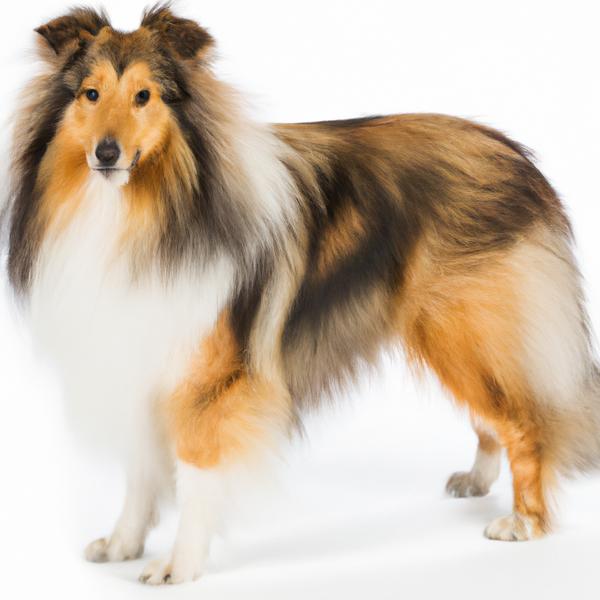
Shelestie
Schnau-Tzu vs Shelestie
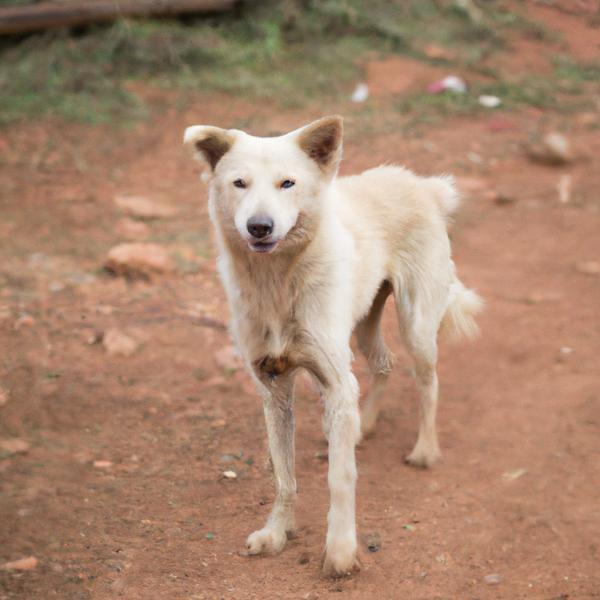
Wire Foxker
Schnau-Tzu vs Wire Foxker
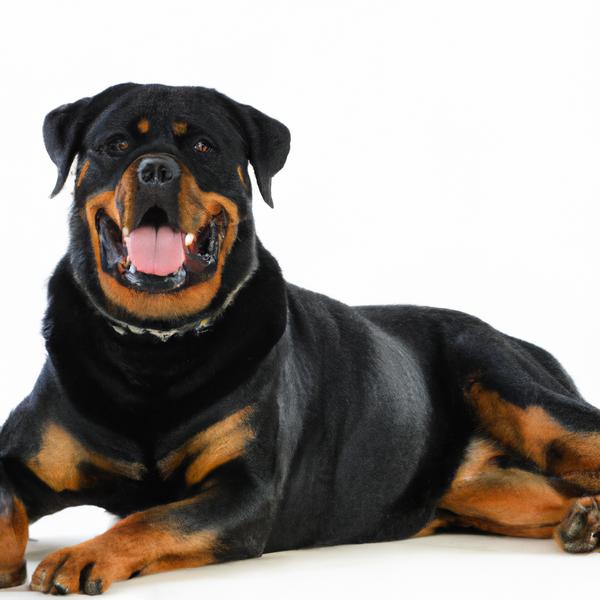
Rottmatian
Schnau-Tzu vs Rottmatian
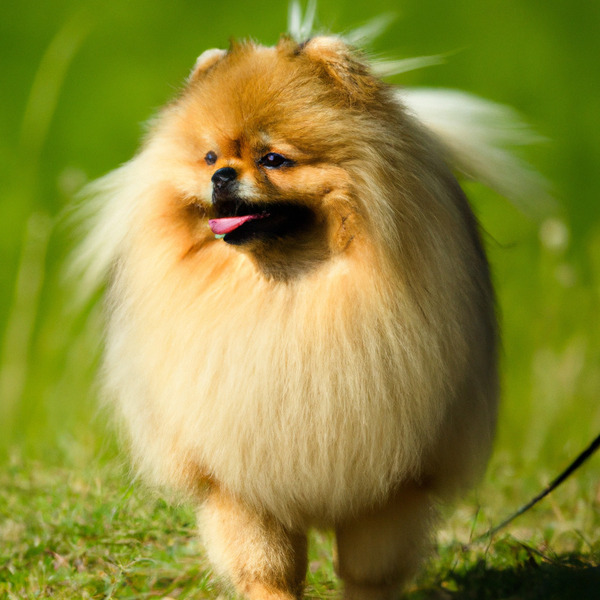
Dameranian
Schnau-Tzu vs Dameranian
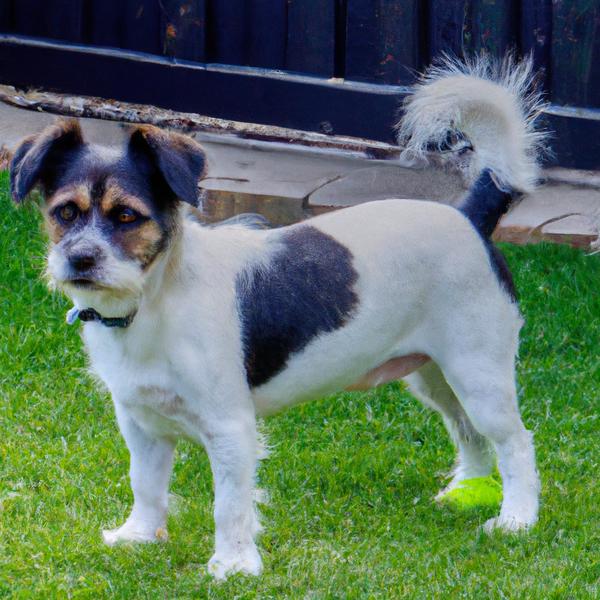
Silky Jack
Schnau-Tzu vs Silky Jack
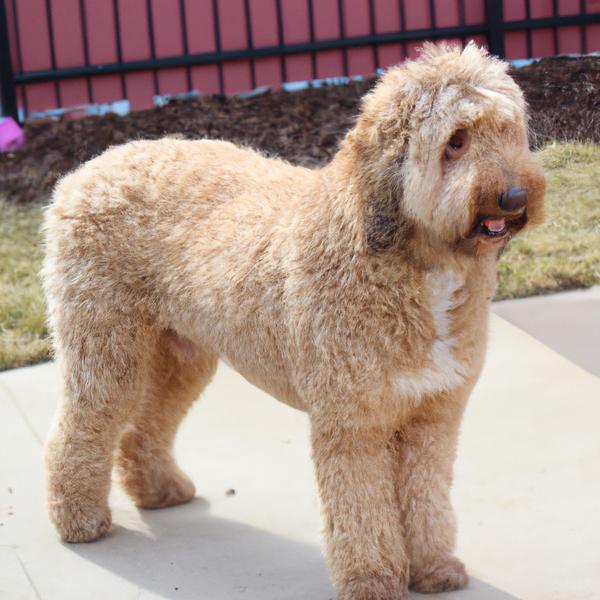
Sheltidoodle
Schnau-Tzu vs Sheltidoodle
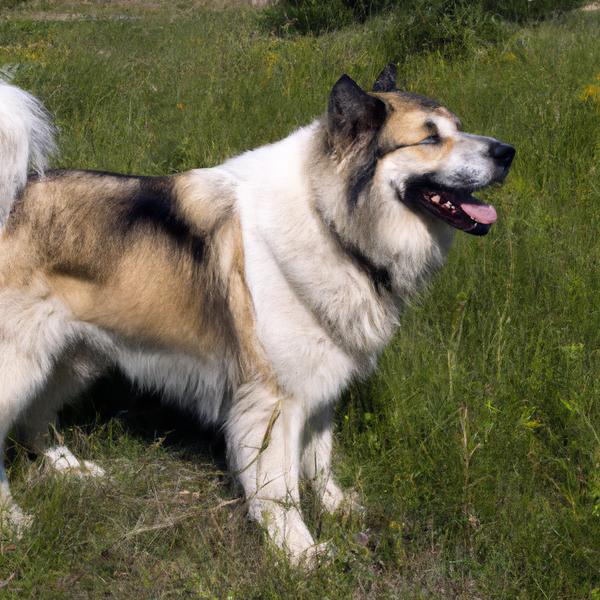
Alaskan Shepherd
Schnau-Tzu vs Alaskan Shepherd
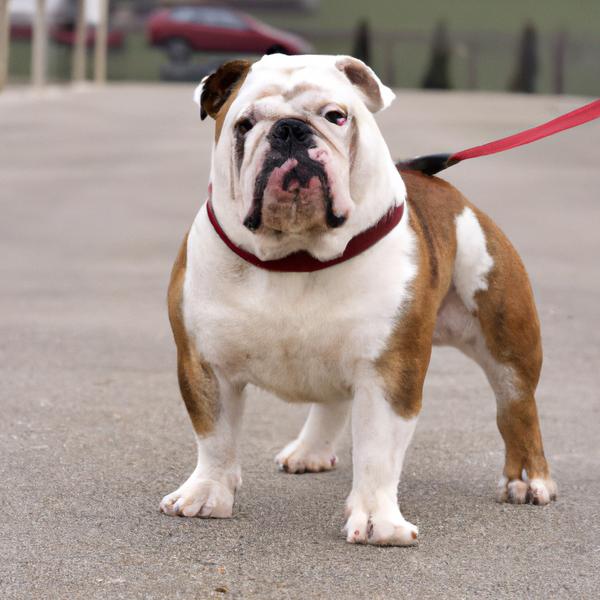
Free-Lance Bulldog
Schnau-Tzu vs Free-Lance Bulldog
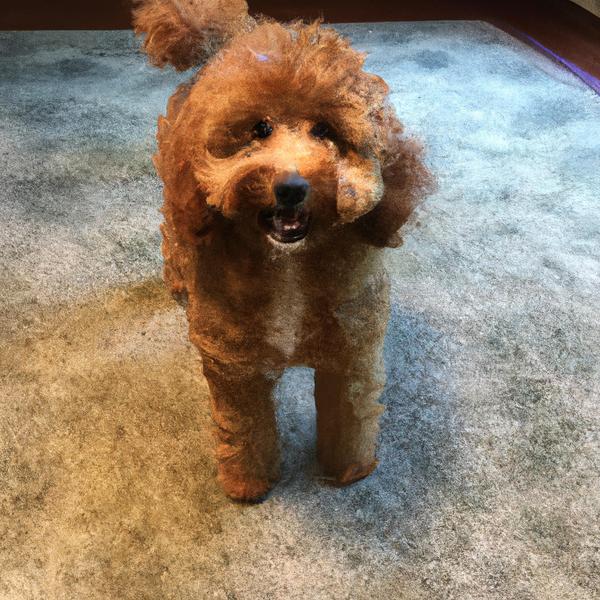
Papi-poo
Schnau-Tzu vs Papi-poo
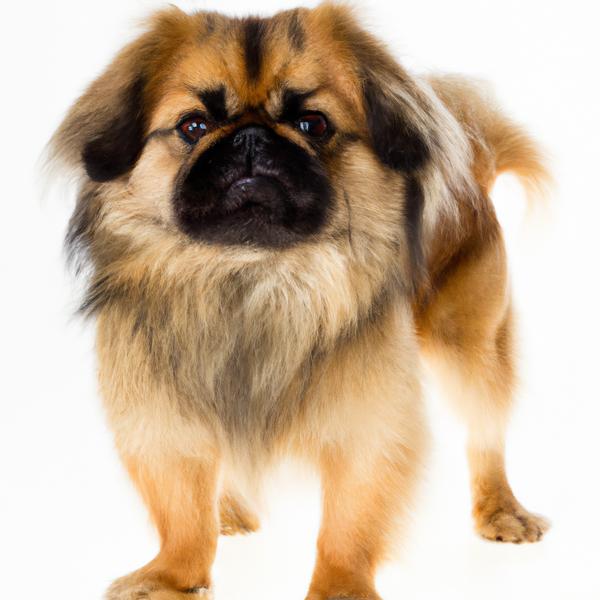
Peke-A-Pap
Schnau-Tzu vs Peke-A-Pap
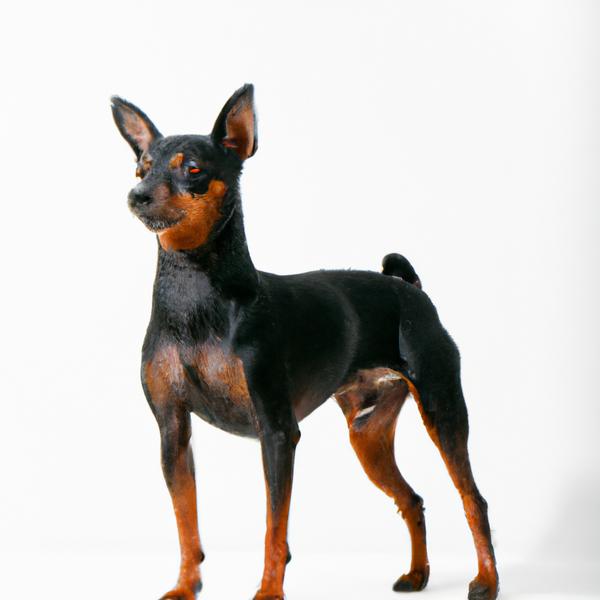
American Rat Pinscher
Schnau-Tzu vs American Rat Pinscher
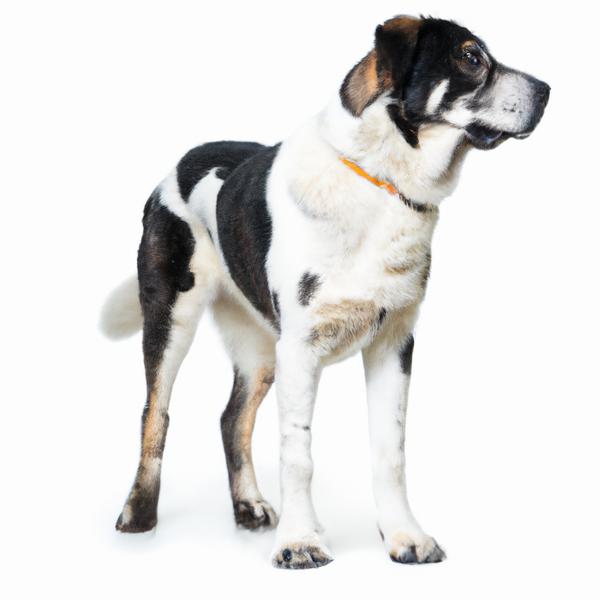
Alaskan Malador
Schnau-Tzu vs Alaskan Malador
